*FEATURE IMPROVEMENT* Employment Periods and Historical Records
On 16 January 2025 Tātou will be releasing an update to the Employee Profile section of the Tātou Office App. This new feature improves the system’s ability to maintain and display historical employment information for both seasonal and permanent employees.
What Updates Will Look Like
Updates will include some shifting around of information previously displayed on in separate sections of both the DETAILS and EMPLOYMENT Tabs of the Employee Profile, as well as additional columns on both the Employee Bulk Import Template and Employee Export File.
Employee Profile Organisational Updates
Previous Employee Profile Views | *IMPROVED* Views |
|---|---|
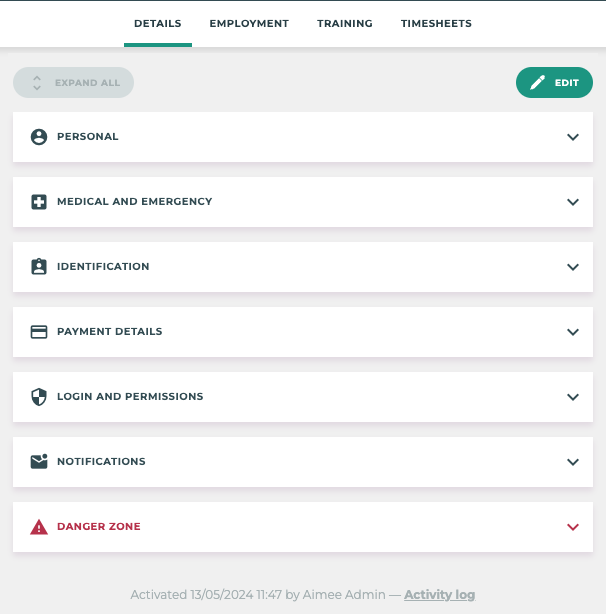 | 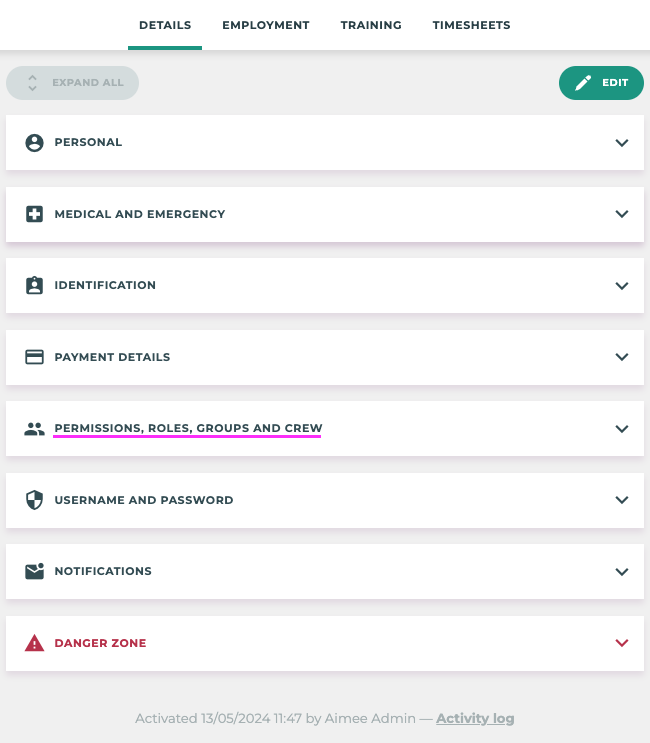 |
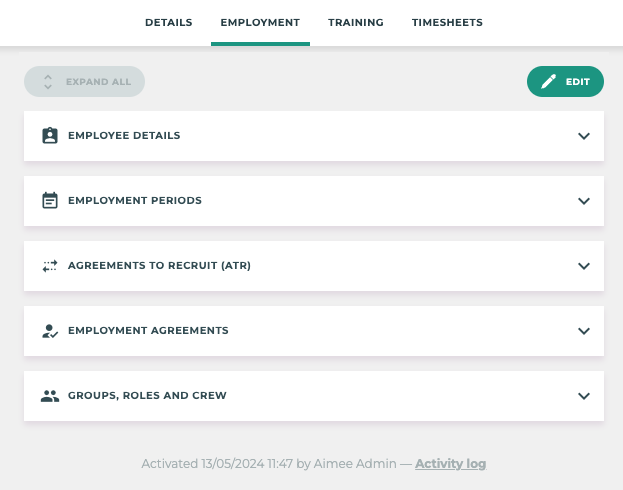 Groups, Roles and Crews will now be a part of the DETAILS section of the employee profile. | 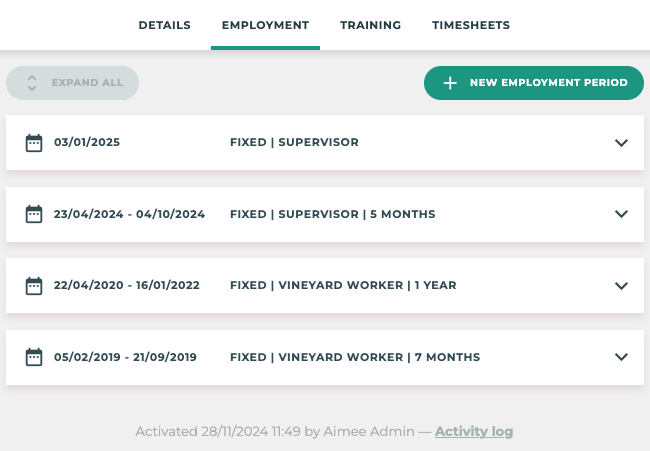 The EMPLOYMENT section will now be comprise of 1 or more Employment Period drop downs. These employment period sections are a combination of:
|
Employee Bulk Import & Employee Export Column Updates
After the update, there will be additional columns labeled current_employment_period_... which will allow users to update Employee Information within their Current Employment Period.
Bulk Import and Employee Exports will only reference the current Employment Period. For past employment period details or updates users will have to access this in an individual’s Employee Profile in the Tātou Office App.
System Rollout
Every employee needs at least one employment period, so as part of the release Tātou will migrate all relevant Employment Period Information currently in the Employee Profile into an open Employment Period based on the current Employee Start Date.
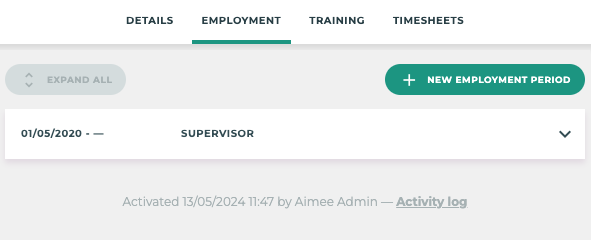
If an Employee does not have a Start Date on file they will not have a current Employment Period created. This will require action before users are able to use the Bulk Edit and Bulk Import feature for those employees.
For Organisations Who:
Currently Use Employment Periods
All relevant information will be migrated to the newly created Employment Period (e.g. hourly rates, start date, etc.)
All previous Employment Period and Agreement to Recruit (ATR) details will be migrated to the Employment Period that is created. This will act as a combined historical employment period.
Moving forward you will be able to close the current Employment Period by adding an End Date and create new ones which will now improve your historical record keeping within Tātou.
Do Not Currently Use Employment Periods:
A new Employment Period will be created based on the start date on file, and all relevant information will be migrated into this section.
How to Manage Employment Periods
With the improvement to the historical Employment Period, information for the CURRENT Employment Period can be updated and managed in a number of ways
Per-employee on their profile page → Employment → Edit or Add Employment Period
Any Edits to any Historical Employment Periods will have to be updated in an Employee’s individual Profile
Employee Bulk Edit Feature
Replace Existing Options Include:
Visa expiry date
Agreed hours and earnings
Add New Options Include:
Hourly rate
Agreement to recruit (ATR)
Employee Bulk Import Feature
Run Employee Export so that
You’re starting with the Current Employment Period Information AND
Have the updated column headers
Update Employee Information as required - for more details see our support article here.
Employment Periods CANNOT overlap. For open-ended contracts (e.g. permanent employees) you can leave the end date field empty, but they will need to have an end date set in order to create any future employment periods.
Close an Employment Period
To Close an Employment Period, simply add an End Date to the current Employment Period.
Closing an Employment Period DOES NOT make the Employee INACTIVE. If an employee has left the company either temporarily or permanently, make sure to add the Employment Period End Date and set them as INACTIVE, to remove their access to Tātou, and ensure they are not mistakenly used when tracking work.
How Will This Affect You?
For the most part, this release will simply shift information around in order to facilitate the improvements to historical record keeping around Employment Periods. However, as with any new update there can be changes to standard practice and order of operations when using a system. Below are a list of notable changes that you will need to be aware of:
Employee Profile Information and Section Changes
Creation of the new Employment Period Structure
Groups, Crews and Roles section will be shifted to the DETAILS Tab, and updated to include Permissions → Permissions, Roles, Groups and Crews
Entitlements and agreements
All per-employee entitlements are managed in each Employment Period. This means that employees can have agreed hours top-up settings that vary over time without affecting historical data.
IF a Pay Period includes:
Multiple Employment Agreements - the employment effective at the end of the pay period will be used for all calculations and entitlements.
Updated Agreed Hours or Earnings - will be allocated based on the values present at the end of the pay period
Contract Earnings Calculation Periods -
Daily Calculation Periods: Top ups will be calculated based on the hourly rates as per dates set.
Weekly Calculation Periods: Top up value will be based on the hourly rate at the end of the pay period.
Fortnightly Calculation Periods: Top up value will be based on the hourly rate at the end of the pay period.
Reactivating Returnees?
If your organisation has:
Been using Employment Periods, when employees are reactivated a new Employment Period will be auto-generated for users to edit.
NOT been using Employment Periods, when an employee is reactivated the existing Employment Period will be used as the current Employment Period.
